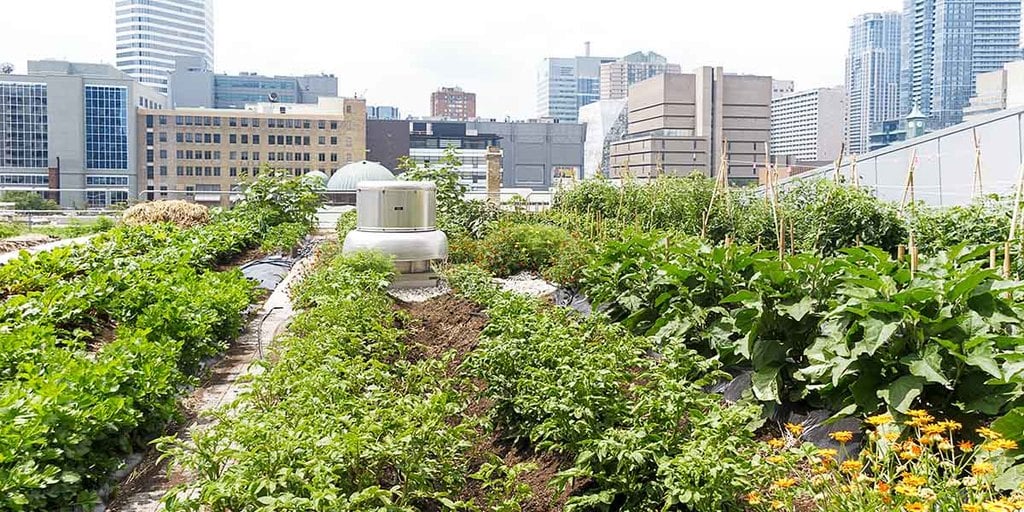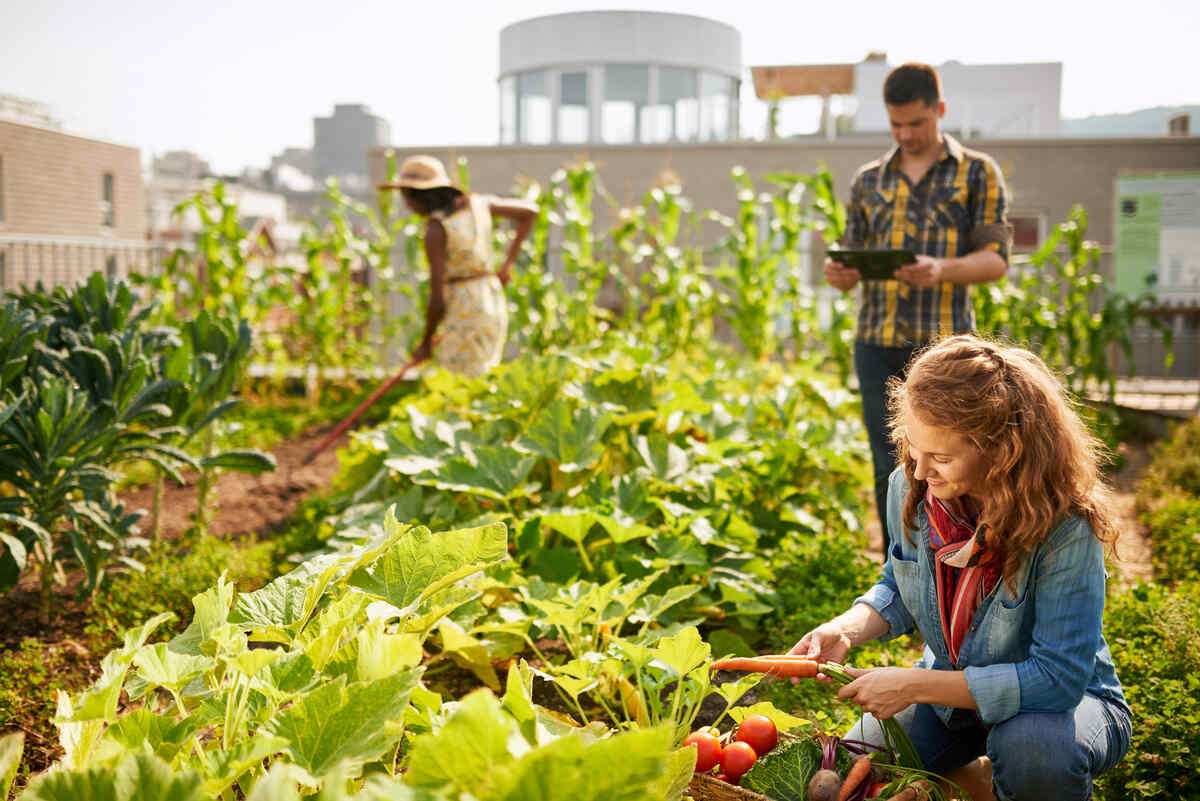The 7-Minute Rule for City Blooming
The 7-Minute Rule for City Blooming
Blog Article
9 Simple Techniques For City Blooming
Table of ContentsCity Blooming for DummiesFascination About City BloomingFascination About City BloomingSee This Report about City BloomingA Biased View of City Blooming

As you stroll the roads of the Bronx, Southside Chicago or East Oakland, you may see have actually even seen big stories of ripening fruits and vegetables being collected. Nevertheless, what precisely are urban farms and community yards? Are they various? If so, how? And extra notably, exactly how can you support them? Urban agriculture, city farming, or urban gardening is the practice of cultivating, handling and dispersing food in or around city areas.
Typically, city farming as a method is a bigger financial investment than gardening. There are countless more hours spent right into the minutiae of farming, from the crop strategy to the often tending of your beds. This moment commitment takes on a whole new definition once you recognize the goal that is being worked in the direction of and devoted, specifically that of gaining an abundant yield of plants to be taken in.
A neighborhood garden is a solitary tract gardened collectively by a group of people. Neighborhood yards use either specific or shared stories on exclusive or public land while producing fruit, vegetables, and/or plants grown for their attractive look. The basic version right here is that a huge team of people each add a relatively small amount of time to working their very own plot, and obtain the fruits of their labor because of this.
The Basic Principles Of City Blooming

, and area organizations by aiding them develop and expand their very own yards. The distinctions between area garden and metropolitan ranch are nuanced, though in the end the same fundamental task takes placefood plant farming but within various business structures - container and raised bed gardening etc..
Urban farms are usually much more organization and innovation oriented, with the key objective of making the most of yields and marketing fruit and vegetables. Commercial metropolitan ranches are often intended at broadening manufacturing on typically small land area with innovations in technologies such as tank farming, hydroponics, and greenhouses and might companion with a commercial kitchen area to produce locally-produced value-added products such as jams and sauces.
5 Simple Techniques For City Blooming
The fruit and vegetables is usually expanded on a much smaller sized scale and is taken home to consume at home or to share. By offering much needed eco-friendly areas in destitute, concrete metropolitan areas, they permit the advantages of yard horticulture to those lacking backyards, and function as excellent examples of self-organization and neighborhood activism.
Some area gardens, often in city locations, relocate right into expanding for industrial use while some city farms open up their land for more socially mindful benefits. Despite exactly how you specify and differentiate both, they are both favorable forces for great in cities around America and the world. They both offer less complicated access to fresh, neighborhood fruit and vegetables; boost a community's aesthetic; and work as superb educational tools, instructing people where their food comes from. Tiny Axe Peppers has actually currently partnered view publisher site with over 73 area gardens around the United States.
As all of Small Axe Peppers' warm sauces are sourced with peppers from community gardens, your purchases directly aid fund these neighborhood projects (https://businesslistingplus.com/profile/cityblooming/). Take part in the change by.
A buddy of mine just recently commented in a discussion regarding horticulture that "It's intriguing, I've constantly thought that farming as a method is somewhat like horticulture. As I invested more and more time in my Urban Agriculture course I've come to recognize that to say that gardening is a small extension of agriculture would be a little bit of stretch.
Examine This Report about City Blooming
They both focus on the care of plants for some goal that can be food, earnings or simply the satisfaction of the craft. They both require a financial financial investment on top of a time investment, something that a lot of people in our fast paced life do not have a whole lot of.
We can see that the resemblances are abundant, however are the distinctions sufficient to produce a difference? As a pupil at NYU I have the chance to work with the leave It Much better Structure, a group that shows fundamental nourishment and gardening to senior high school trainees. https://giphy.com/channel/cityblooming. This experience provided me an in-depth foray right into the world of amateur horticulture past what most individuals have actually been in call with
Farming as a practice is a bigger investment than gardening. There are countless more hours spent right into the minutiae of farming, from the plant strategy to the tending of your beds.
The ordinary garden enthusiast tackles his duties as a task as opposed to a requirement and because of this differentiates his or herself from the farmer. However with this distinction in hand, they are both calming and peaceful workouts that anyone can choose up, which on its own ought to be an ad for both.
All about City Blooming
Something failed - eco-friendly practices. Wait a moment and try once again Attempt once more
Report this page